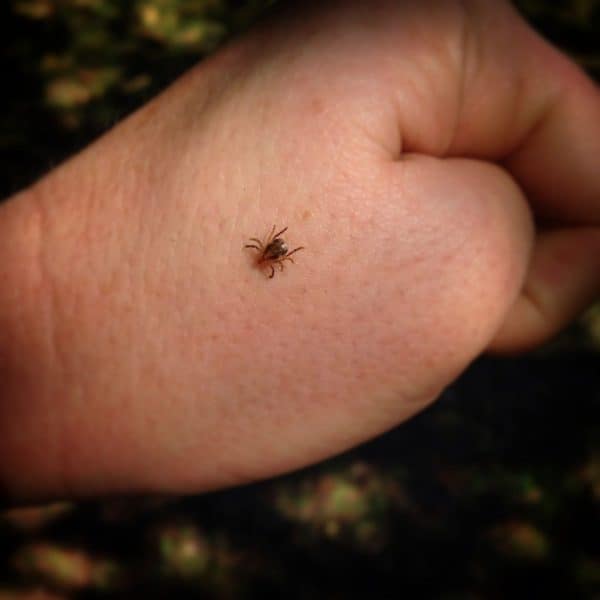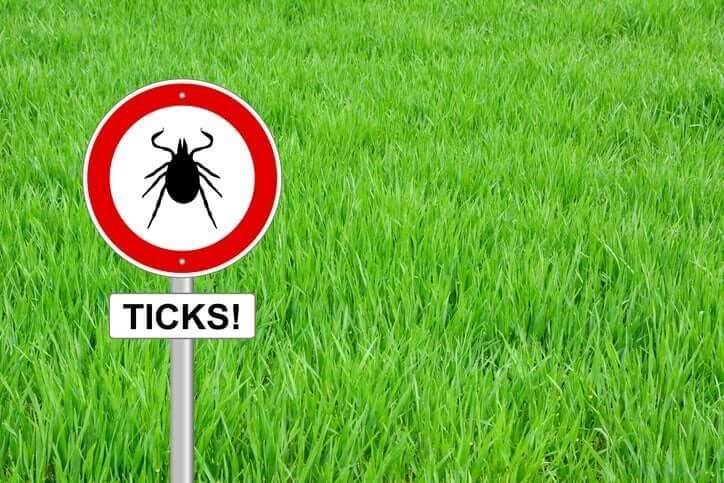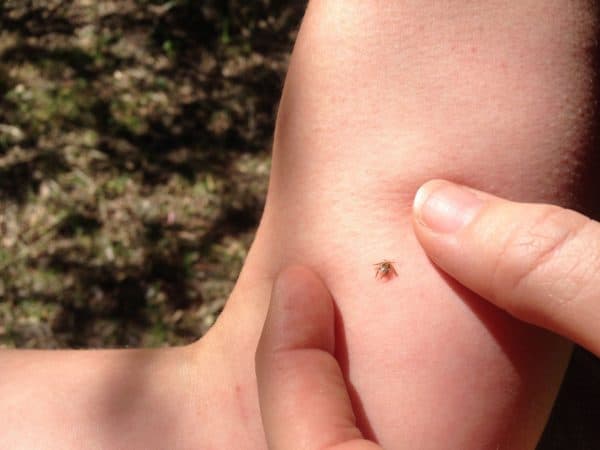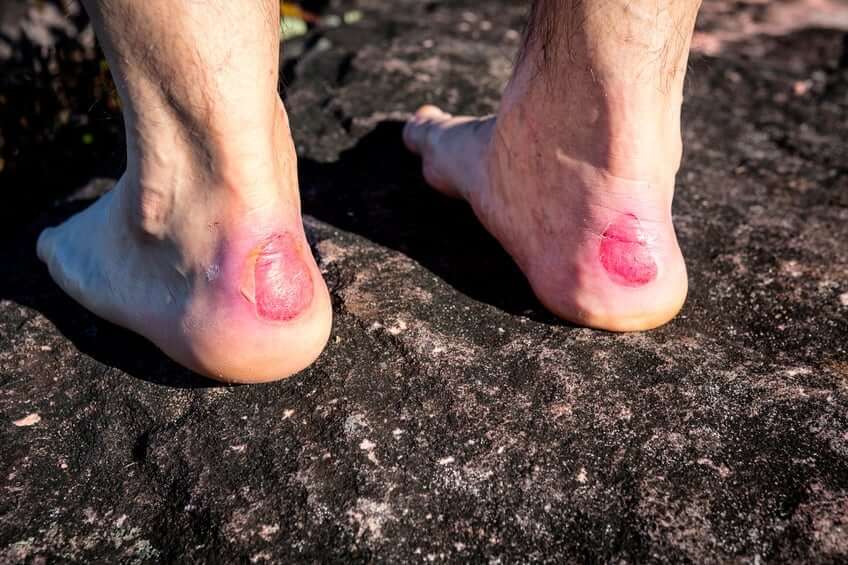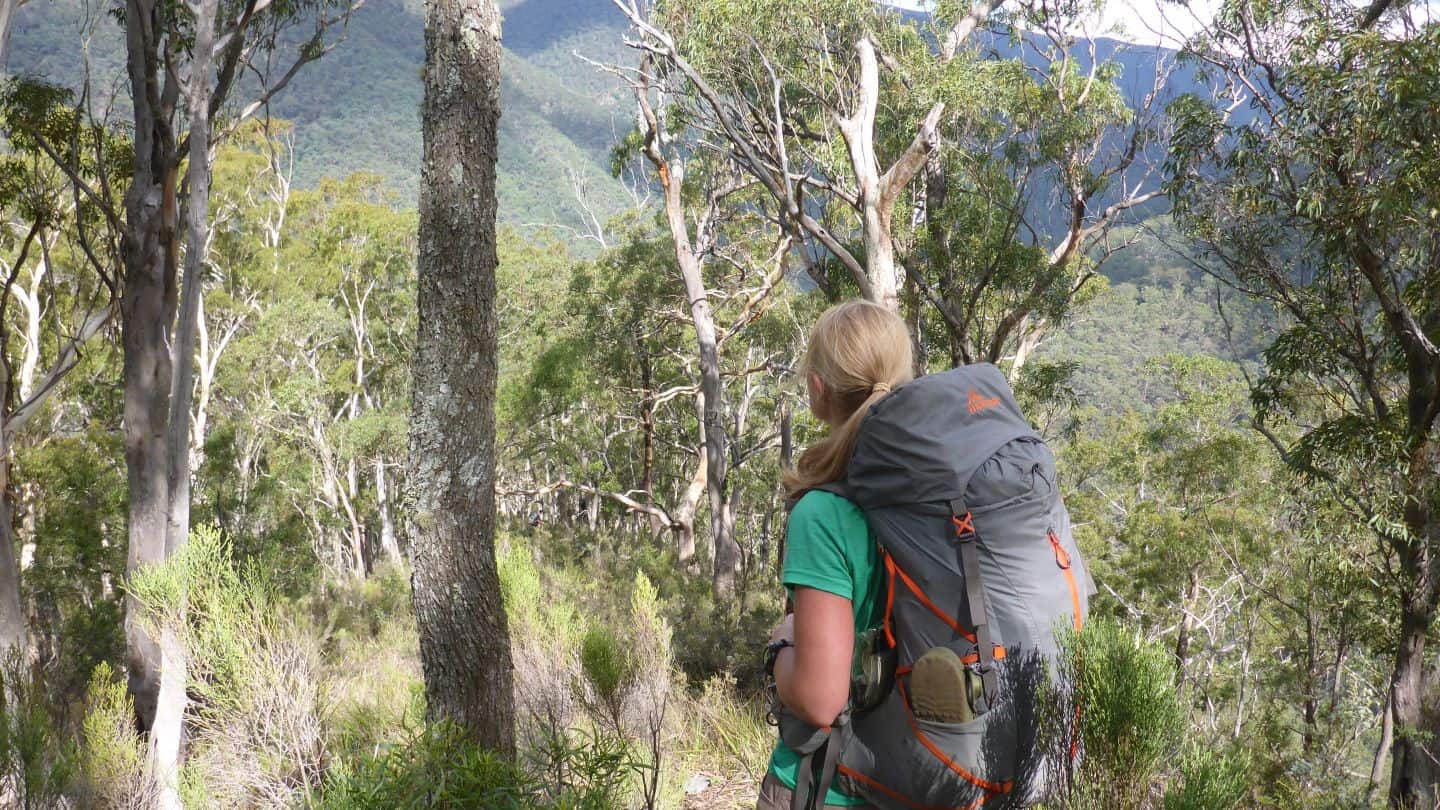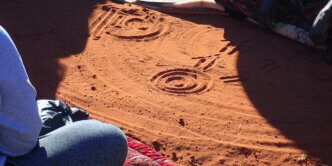Of all the creatures in the bush that have the ability to cause us some grief, it’s actually the really small ones that I’m most concerned about. Sure, there’s snakes, spiders, leeches and drop-bears, but it’s ticks that I really hate, so it’s not the first time I’ve written about them.
With all the conflicting messages that surround Lyme Disease and whether or not it exists in Australia, it was with much interest that I learnt about the recent Federal Senate enquiry into tick-borne diseases in Australia.
If you’re reading this in North America, where the existence of Lyme Disease is accepted, it might come as news to you that it’s a controversial area in Australia and has been for the last 10 years or so.
But from where I stand, as someone who spends a lot of time in the bush, spending our energies arguing about the language and words we use to describe something, shouldn’t take our energies away from recognising that a lot of people are feeling very crap and we need to find a cure.
I have two friends who’ve had (and are still having) personal experiences with tick-borne disease and if their symptoms are anything to go by, it can be truly life and soul destroying. It wasn’t until I read this article written by Dr Mualla McManus, that the seriousness of these diseases really struck home.
How to protect yourself from ticks
1. Be aware of ticks
- Summer is peak season for ticks. They reach full maturity during the warmer spring and early summer months.
- They’re most active during periods of high humidity, especially after rain.
- Ticks like long grasses and bushland, so if you live near spots like these, it’s not uncommon to find them in your garden.
2. How to protect yourself from ticks
- Wear light coloured clothing when outdoors – it helps you see the small ones!
- Wear insect repellent that contains DEET.
- Keep the grass, shrubs and trees around your home regularly trimmed.
- Grow insect repelling plants like citronella, lavender, garlic or chrysanthemums.
3. After returning from the bush…
- Check your body, children and pets thoroughly – especially in tricky spots like behind the ears, in the hair, back of the head. (nb: a friend of mine with quite large breasts had one under her boob, so don’t forget to check there and other nether regions!)
- You can kill ticks that might be stuck to clothes, by popping them into the clothes dryer on high heat for 30 minutes.
- Learn how to remove a tick. There is a variety of thought on this from what I cover in my earlier blog post, to the latest info and tips from the Health Department.
4. Recognise the symptoms and act immediately
- Flu-like symptoms (eg. muscle aches and pains, tiredness, stiff neck, fever, sore throat, general un-well)
- Other symptoms may include: cognitive impairment and sensitivity to light.
- Visit your doctor immediately and discuss the possibility of a tick-borne disease with them. Even if some time has passed and you have these symptoms, it would be a good idea to raise it with them.
5. Spread the word
- Stay up to date on the latest research and treatments and tell your friends.
- Share this blog post.
- Check out the excellent ABC Catalyst program (with transcript) on Toxic Ticks.
Other helpful resources

